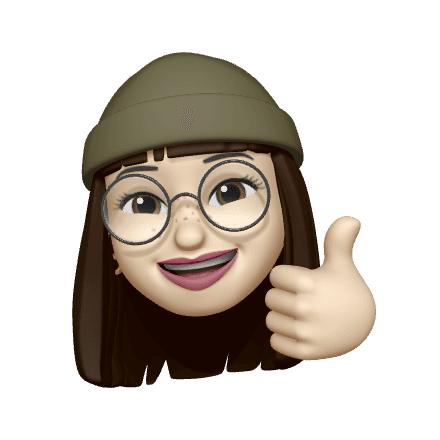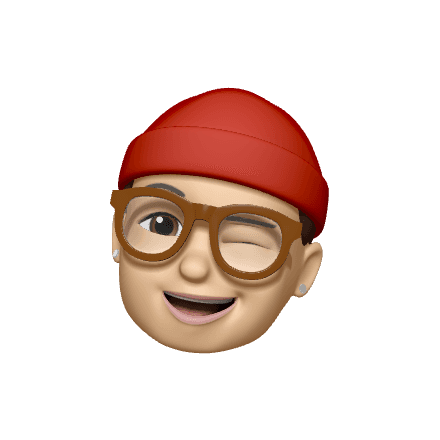Empowering with knowledge. Interactive Visual Merchandising iPad guides for Adidas' shop floor personnel.
Introduction
I was tasked with designing a series of interactive books for adidas. Their personnel would use them to study folding techniques, identify the position of hardware in each store and get aquanted with specific visual merchandising principles & practices. It was an absolute pleasure creating these from ideation to pixel perfect prototypes while collaborating with skilled people from the customers' side to ensure their needs are met and surpassed.

The challenge
The main challenge was based arround the scale of this project. Adidas owns thousands of stores globably and every employee needed to have access to all information but at the same time be able to find the information that was relevant for him at the time. For example, an employee working at the shoe section of a store needs to be as empowered with information as an employee that works at the originas' section. Each of them would need to easily find and use information!
Easy access to information seems to be a vital success indicator for this project!
The process
Stakeholder & User Interviews
I had multiple formal and informal conversations with both stakeholders from the customers' side but also with users. This helped me identify the needs of the business but also the needs of the users. In fact, in this case (which is not always the case) both needs were very similar. Essentially management' and stakeholders' high level thinking was that they wanted all their stores to look the same. Employees also naturally wanted their stores, departments or areas to look great and at the same time to adhere to the guidelines. More or less goals were aligned! In fact, maybe more aligned that any other project I have worked on.

Who are we designing for?
Identifying our target group, users and personas. Adidas owns stores of a lot of different grades, styles, departments. Normally I would create different personal for all the different employee expertise that work in these different types of enviroments. But in fact that way of thinking wouldn't help. The reason is that when I want to know who I am designing for what I am essentially asking is who they are and what is their goal! The answer to the first question is Adidas personnel and to the second is easy access to information!

Jaimy・VM manager・28
Jaimy is working for adidas as one of their skilled employees. She is the visual merchandising manager in her store. She likes consistency and wants everything, from fixtures to articles to be clean and tidy as on all other stores. Then visitors would feel at home and comfortable, ready to browse the collections as they enter her store. She uses the guides to make sure everything is aligned with their VM and store looks strategy.

Jaimy・VM manager・28
Nick is the regional VM manager. He is a motivated manager that wants the best for his team in terms of maintaining a healthy company culture. He used the interactive guides to make sure his team understands HQ's vision. He also wants store visitors to have a high value experience in his stores which means that everything has to be consistent and tidy according to HQ guidelines.
Organising information
As previously discussed one of the biggest challenges of this progect was organising information in a meaningful way that would allow all users to easily find, access and learn. My first step towards that was to organise the information and understand what it's hierarchy. Should it be organised by chapter, by style, by type, should I use tags? A lof of questions! Once I went throught everything - and by everything I mean books and presentations full of text, images and videos I had the answer. At least an answer and a hypothesis to test with. My hypothesis was that all information can be organised within 3 layers of organisation. The first layer was the subbrand, for example Originals, Stan Smith, Superstar etc. The second layer would be the type of item, for example clothing, clothing rack or wallpaper and the third would be a category within that.

High level mapping of the user journey
Once the challenge, the user goal and a hypothesis for the solution were clear, it was time for me to map the user journey end to end! I like to look at the problem holisticaly, because I believe that every little gain matters, whether thats at the begining of the process or at the end of it.
Wireframing
I worked with templates because a lot of the same information would and should be styled in the same way. That of course helps the user scan and read easier because they know what to expect but also the people behind the scenes building the product because they are building each of the screens only once!

Early & Continuous Usability Testing
With projects like this one I love testing early. i find that sometimes testing for specific clues and askign questions at early stages really helps with building a quality product. Testing helped me understand how users interact with the product. What is in their mind at a specific step on the user journey, what is the next step they have in mind and how they think about achieving that. All that valuable information coming from research helped draft, design and iterate.
Prototyping
Once I had enough information from the usability testing I was ready to start prototyping. I started with really small but whole and meaningful parts of the product. Once I had something ready that I would be happy with I would circle back to stakeholders and users to test it. Then I would either leave it as is or change according to the feedback.
I see the value definition proposition more like an anchor that helps us understand where we are but also where we are going next. And once all stakeholders commit to it we can in fact go faster!
Value proposition definition
Once a big part of the design challenges were solved my team and I were ready to defind the value proposition. Defining the value proposition really helped us get clairy on what we have done already, so the direction we are already following but also make sure that we keep following the same direction to the end of the project. I see the value definition proposition more like an anchor that helps us understand where we are but also where we are going next. And once all stakeholders commit to it we can in fact go faster!
Scalable user interface & design system
I love designing user interfaces and design systems. And in this project, being the only designer it all fell on me to pull off. That meant two things. It was on me to be responsible for a future focused design system for a product that Adidas is using 😱 but at the same time it was on me to be creative and build a cool and stable design system in the was I thought was best. There wasn't much freedom on the style of the UI as Adidas has a specific style so my creativity at this point was highly challenged towards the scalability of the design system rather than it's style.

The Outcome
The outcome
The outcome of the project was a series of manuals for Adidas store personnel all over the world. Both myself and the customer were super proud of our work and results. Director level excecutives even twitted about the final deliverables!

The cherry at the top - review modules
Reviews wasn't part of the initial specs but we decided to include them in the guides as they provided a great way to test users' absorption of knowledge. The customer embraced the addition and asked us to include them in all the consecutive guides created.

